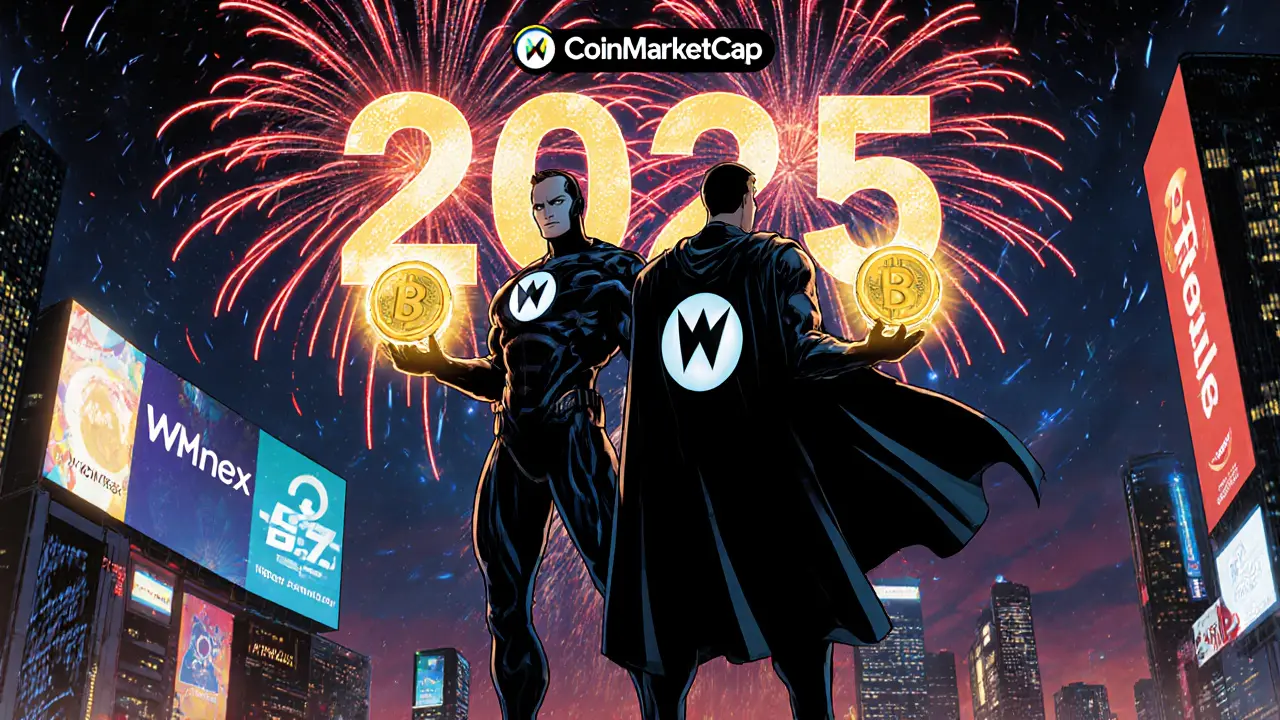If you're hunting for the WMX airdrop, you’ve landed in the right spot. When working with WMX airdrop, a free token giveaway launched by the WMX project to attract new users and reward early supporters. Also known as WMX token distribution, it aims to boost network adoption by handing out tokens at no cost.
Understanding an airdrop, a marketing strategy where blockchain projects disperse tokens to a wide audience is essential before you dive in. Airdrops typically require participants to meet certain eligibility criteria, such as holding a partner token, joining a community channel, or completing a KYC form. Meeting these rules determines whether you receive the reward, and it also influences the overall success of the campaign.
The WMX airdrop encompasses three core components: token utility, distribution mechanics, and safety measures. First, token utility, the set of functions WMX tokens provide within their ecosystem, such as staking, governance, or fee reductions, determines why users might want to hold the token after the free grab. Second, the distribution method—often a snapshot of wallet balances followed by an automated batch transfer—ensures a transparent and verifiable process. Finally, safety protocols, like official announcement channels and anti‑phishing guidelines, protect participants from scams that frequently mimic legitimate airdrops.
These three elements are tightly linked: a clear token utility makes the airdrop more attractive, which in turn raises participation rates, while solid safety measures preserve trust. The WMX team emphasizes that only wallets listed on their official site will receive the payout, a rule that helps filter out fake claims.
Eligibility for the WMX airdrop typically requires two actions. First, you must hold a minimum amount of WMX or a partner token (often listed in the project’s FAQ). Second, you need to complete a simple verification step, such as joining the project's Telegram group or signing a tweet with a specific hashtag. This two‑step approach balances accessibility with community building, ensuring that genuine supporters benefit while bots are filtered out.
Once you’ve met the criteria, the actual token drop happens on a predetermined date. The WMX team usually publishes a snapshot time, meaning the blockchain records who owned the required tokens at that exact block. After the snapshot, the distribution engine automatically sends WMX tokens to the eligible wallets. Because the process is on‑chain, anyone can verify the transactions via a block explorer, adding an extra layer of transparency.
Safety is a major concern with any airdrop, especially those that promise high-value tokens. The WMX project advises you to watch for three red flags: unsolicited private messages asking for your seed phrase, unofficial websites with misspelled URLs, and reward promises that require payment. Sticking to the official communication channels—like the project’s verified Twitter account and Discord server—greatly reduces the risk of falling for a phishing attack.
Beyond the basics, there are a few practical tips to maximize your WMX airdrop experience. Keep your wallet address consistent across all required platforms; changing addresses after the snapshot can disqualify you. Set up a hardware wallet if you plan to hold WMX long term; it offers stronger security for the tokens you receive. Finally, stay updated on any follow‑up campaigns, as many projects launch secondary airdrops for users who stake or lock their initial rewards.
Below you’ll find a curated list of articles that dive deeper into each of these topics—from step‑by‑step guides on claiming the WMX airdrop to broader discussions about crypto airdrop safety and token utility. Explore the collection to sharpen your strategy, avoid common pitfalls, and make the most of the free WMX tokens heading your way.

Get the full rundown on the WMX airdrop by Wombex Finance and CoinMarketCap, including eligibility, rewards, claim steps, and tax tips.